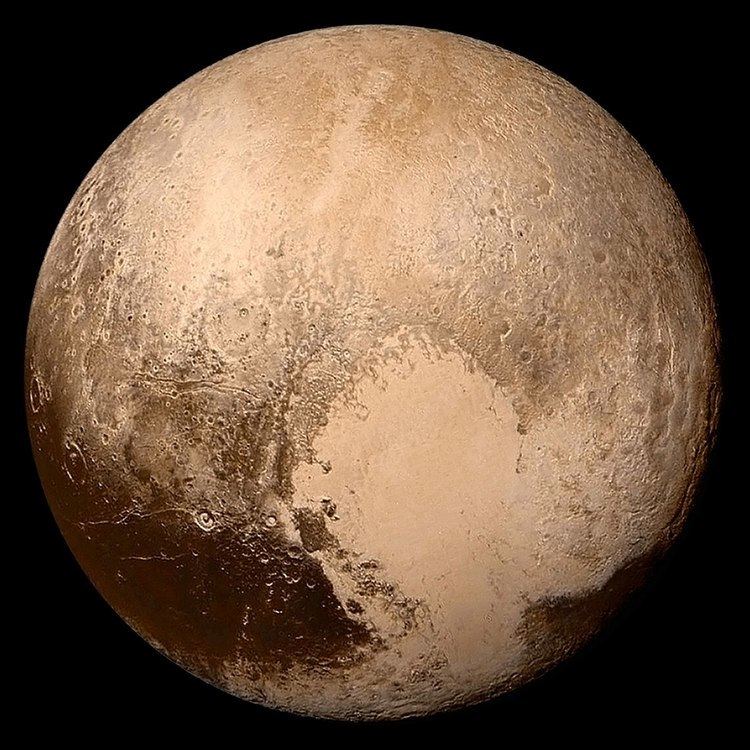Pluto has been featured in many instances of science fiction and popular culture. Initially classified as a planet upon its discovery in 1930, Pluto has also received considerable publicity following a 2006 definition of planet decree (which reclassified it as a dwarf planet) and from the flyby of the New Horizons space probe in July 2015.
(Text) CC BY-SA

